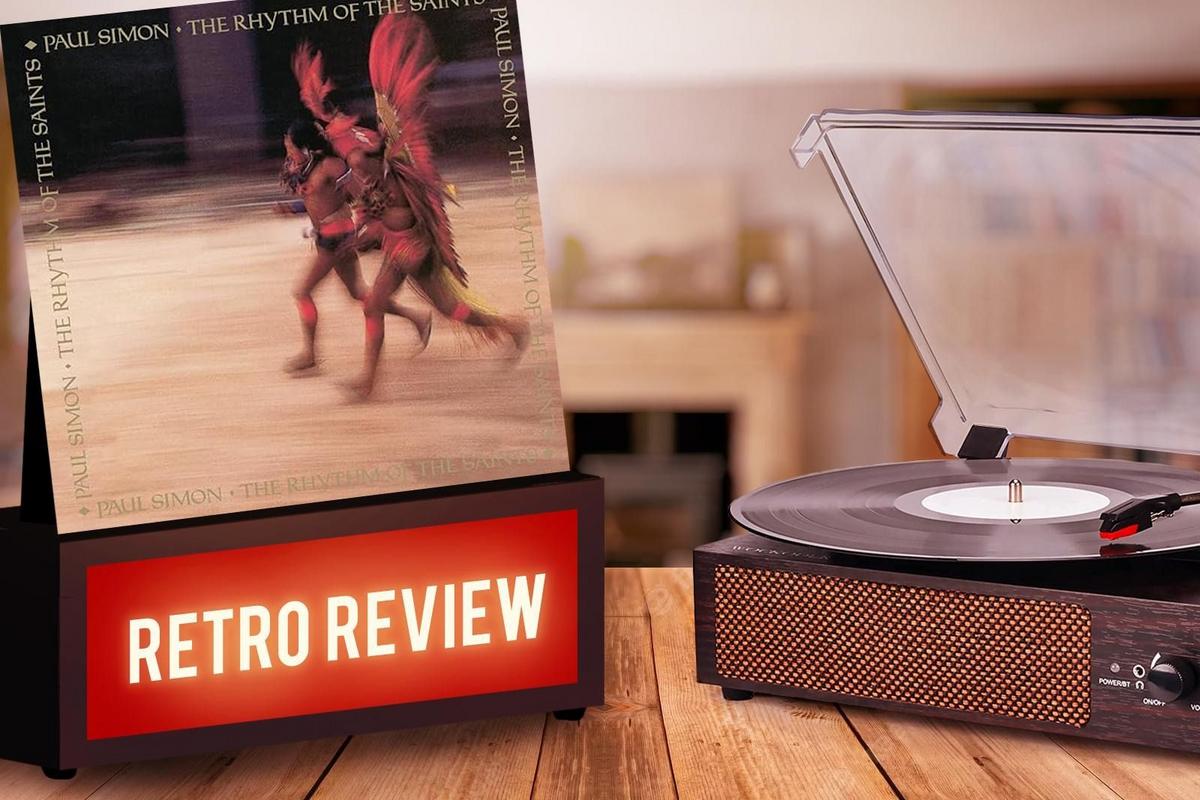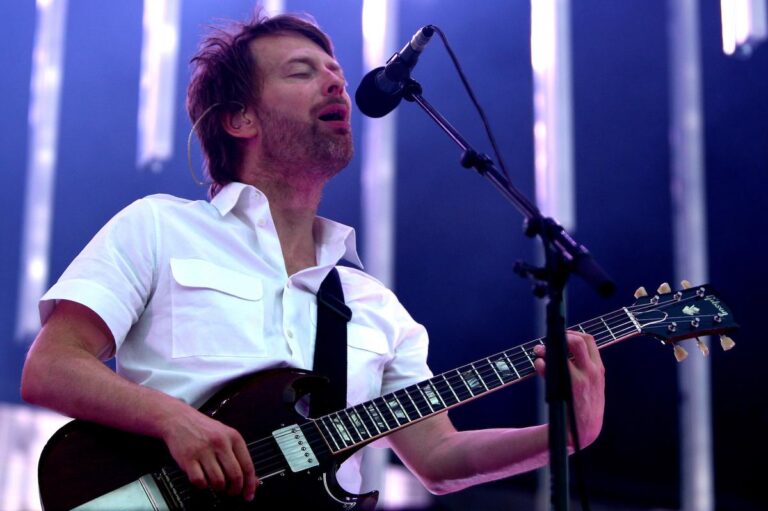Paul Simon could have continued trading on the outsized successes of 1986’s Graceland. After all, the LP was as joyous as it was celebrated. This world-beat classic stayed on that charts for almost two years, going five-times-platinum and winning multiple Grammys. But just as Simon had on his seventh album, he’d start from creative scratch again on the following Rhythm of the Saints, released in October 1990.
Rather than blending American forms with the upbeat mbaqanga (“township jive”) of South Africa, he built his new material over separate drum tracks recorded in Brazil. Back in New York City, he then listened with great intention until melodies emerged in his mind. That then suggested words, and those words combined with winding West African guitar lines to complete the songs. It was painstaking work, as Simon traveled back and forth to Brazil multiple times between 1988-89. At one point, he attached microphones to telephone poles just to capture Salvador’s 10-member Grupo Cultural Olodum drum unit.
He kept adding sounds, kept inviting friends over. Milton Nascimento, who played host during Simon’s trips to his homeland, co-wrote and sang “Spirit Voices.” African-born flugelhorn player Hugh Masekela completed “Further to Fly.” Cameroon guitarist Vincent Nguini regularly joined the conversation, patterning his instrument into all but three songs. Highly regarded American sidemen like Adrian Belew, JJ Cale and Greg Phillinganes made important contributions.
READ MORE: Top 10 Paul Simon Songs
Yet Simon’s deeply involving lyrics remained at the center of The Rhythm of the Saints. They too would be very different than his most recent album. For most of his career, Simon had looked inward but Graceland confronted the world as it was. The follow-up returned to the mean as Simon was contemplative again, exploring personal and occasionally quite spiritual themes, but in an exciting new musical context. Unfortunately, pairing these more serious ideas with such unusual song structures inevitably moved counter to the mainstream. Simon sold some three million more copies of Graceland – but sales weren’t the point.
Instead, it was challenging his muse, and that meant regularly slipping in exotic elements. After appearing on a ’60s-era bill with Peru’s Los Incas, Simon wrote lyrics to their instrumental “El Condor Pasa” and included the mashup on Simon and Garfunkel‘s Bridge Over Troubled Water in 1970. The ska-influenced “Mother and Child Reunion,” his 1972 Top 5 solo hit, was recorded in Kingston, Jamaica, with members of Jimmy Cliff’s group. Sounds drove the larger narrative. Graceland followed the same impulse, but as before, in a basically conventional way. Simon put the songs forward with major chords and standard time signatures for rock and pop. Not here.
His next album took this interest in imported textures to its zenith, as unwritten songs emerged over a single instrumental element. Rhythms were more than the foundation, as they’d been while traveling along the slave trade’s diaspora from Africa to power jazz, the blues and rock ‘n’ roll. They were a second voice, completing each thought. Simon’s genius here was never allowing them to overwhelm this material’s unique ability to involve, to provoke, to transcend. If there’s a small criticism to made about the brilliant Graceland, it’s that the LP was often more luminous than necessarily profound. The same can’t be said for The Rhythm of the Saints, Paul Simon’s most challenging – and, ultimately, rewarding – album.
Paul Simon and Simon & Garfunkel Albums Ranked
He was always an uneasy folksinger, a role his record company tried to push him into starting with Simon & Garfunkel’s debut.
Gallery Credit: Michael Gallucci
Rock Feuds: Simon vs. Garfunkel



